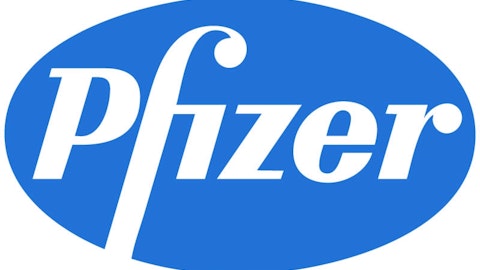Synthetic biology aims to improve on those numbers even further. Algae companies such as Aurora Algae, Blue Marble Biomaterials, and Solazyme Inc. (NASDAQ:SZYM) are just some of the names targeting nutraceutical applications for their platforms. The nutritional oils these companies produce can replace pricey, unhealthy oils currently accepted as the status quo in foods. If Solazyme has its way, then a healthy diet may one day include ice cream, candy, and cookies.
Dr. J. Craig Venter, founder of Synthetic Genomics, even sees synthetic biology disrupting the world’s meat production. According to Venter, “It takes 10 kilograms of grain and 15 liters of water to produce one kilogram of beef.” It will be a long while before you eat meat grown in a bioreactor, but the day will surely come. Cows, you’ve been warned.
4. Pigeon poop goes green
If you think bacteria are annoying, try walking around a modern city without tripping over a pigeon (seriously, why don’t they move?). Health officials are more concerned with the health risks posed by their droppings, which can harbor dangerous fungi and bacteria. Where does synthetic biology come into play?
Tuur van Baalen created the concept of Pigeon d’Or, which teamed up with James Chappel and the Centre for Synthetic Biology at Imperial College in London. A harmless microbe, such as those in yogurt, was designed to be fed to and temporarily change the gut flora of these annoying, city-dwelling birds. The concept proposes that the modified birds could be released into the urban wild wielding their biodegradable, environmentally friendly surfactant droppings.
Essentially, we could turn pigeons into a flying armada of sanitation workers. That could save some serious cash for cities such as New York, which have 12,750 miles of sidewalk to clean. One day you could even park under a tree or fix your car with pigeon-friendly resting places to get a free car wash. Everyone wins!
5. Living Foundries DARPA Program
The Department of Defense spends $23 billion per year on repairing systems that are required to operate in harsh, corrosive environments. The Living Foundries Program is attempting to provide a biological solution to the costly problem — with numerous potential windfalls. One of the goals of the program is to reduce the cost and development time of industrial biotechnology platforms, which require hundreds of millions of dollars and more than seven years to bring to commercial scale.
The two largest entities on the program’s payroll are The Massachusetts Institute of Technology and Amyris Inc (NASDAQ:AMRS) . Although currently focused on reducing losses and adding production capacity, the company has already successfully scaled production of hydrocarbon building block farnesene and malaria drug artemisinin — the first major commercial breakthrough for synthetic biology.
The world-changing impact of DARPA’s former projects, including those that spawned the Internet and GPS, has kept excitement for the project pretty high among those aware of its existence. Need mass quantities of a new vaccine next week? Has a natural disaster wiped away a region’s food, fuel, or energy capacity? No problem: Synthetic biology to the rescue.
6. Pathogen detectors
We live in a world with multiple layers of security and protection: smoke detectors, security systems, antivirus programs for our computers, and the like. Did it ever occur to you that we have no comparable system in place to protect against lethal pathogens? Don’t panic: Sample6 Technologies has us covered. For its first product, the startup is tapping the power of synthetic biology to create sensors for detecting harmful bacteria in the food industry in nearly real time.
What’s the advantage? As Sample6 co-founder and COO Michael Koeris explains, the food system in place today is “fundamentally safe.” Food processors swab products with a sponge, ship it to laboratories for testing, and cross their fingers that nothing went wrong. This process takes several days and puts producers in a precarious position. Do they ship potentially contaminated food and hope for the best or hold onto products for several days — costing valuable shelf life — until results come back?


